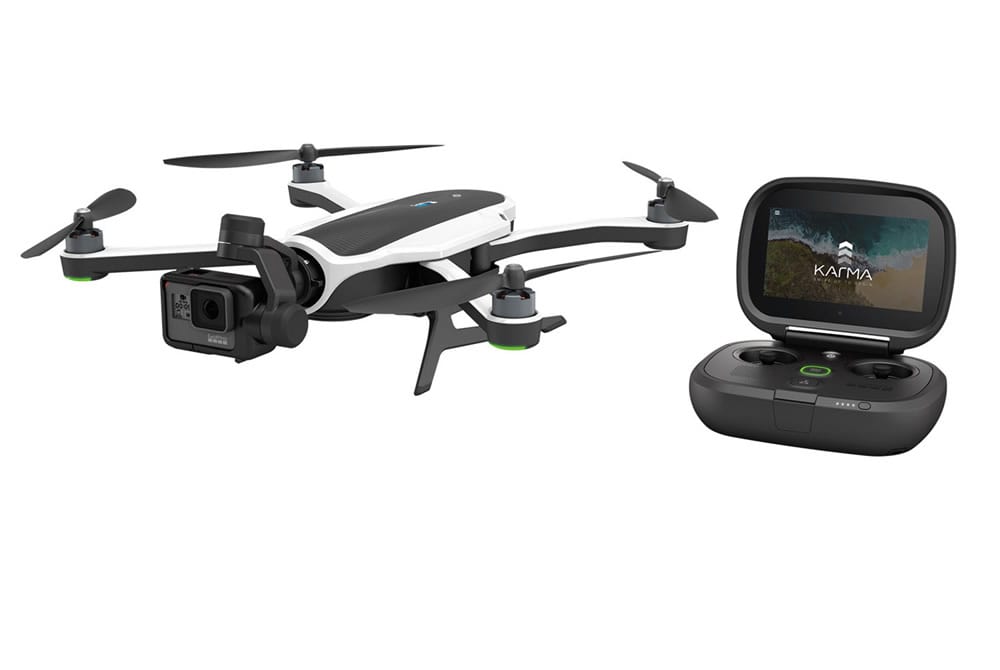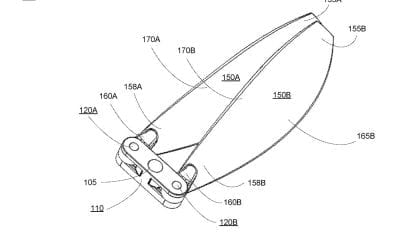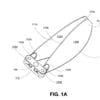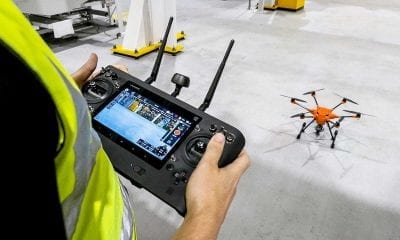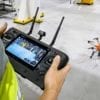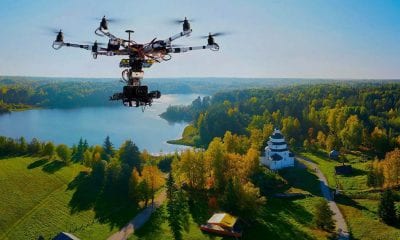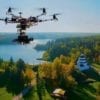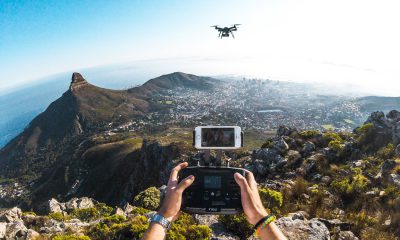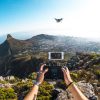News
GoPro Drops Karma Drone
Sport-camera maker GoPro confirmed Monday it will slash at least 20 percent of its workforce and drop its Karma drone business as it restructures operations. The company has faced weakening sales and the lack of a new, hit product. It also released preliminary earnings Monday for the final quarter of 2017 that fell short of analysts’ expectations.
The San Mateo-based company said that even though the $800 Karma has reached the No. 2 position in the United States for drones in its “price band,” the company decided the drone market was “untenable” due to “a hostile regulatory environment in Europe and the United States (that) will likely reduce the total addressable market in the years ahead.”
GoPro initially put the Karma on sale in October 2016, but pulled it from the market after just 16 days. That followed multiple reports of technical issues, which caused the drones to drop from the sky as they were flying. GoPro put the Karma back on sale in February 2017. The company managed to get back into the swing of things, even after the mishap, securing the #2 in the drone market category, in 2017 — however, as evident from the latest earnings report, it seems drones are just not a worth it venture for the company to continue in manufacturing.
Woodman said GoPro’s results were impacted by several factors, including consumers’ reluctance in November to purchase the company’s Hero5 Black camera at the same price it cost when the camera was launched in late 2016. Woodman said sales did improve somewhat after GoPro cut the price of the Hero5 on Dec. 10.The Karma drone is still on sale with and without a GoPro camera.
The GoPro Karma has everything required – apart from the camera – is included in the box. It has a backpack into which fits the fold-up drone, the controller which has a built-in screen, the handheld grip, a battery and charger. The 3-axis gimbal can be swapped between the drone and the Grip handle for stabilized handheld shots. The Grip can also be mounted to vehicles and even on one’s body thanks to a new range of mounts with a built-in battery that’s said to last almost two hours. The Karma drone uses brushless motors and screw-on self-tightening propellers. It takes a proprietary Li-Po battery with a capacity of 5100mAh and GoPro says it’s good for up to 20 minutes of flight time. It takes an hour to recharge, while the controller takes 2.5 hours and the Grip 2 hours. Only one of the Grip or Controller can be charged at the same time from the battery charger.
“Drones are a competitive space,” Pachter said. “Karma was priced significantly higher than the competition, and the GoPro brand wasn’t enough for consumers to justify the higher price. I think they made a strategic error in pursuing entry into such a competitive space, and it proves how hard consumer electronics innovation has become.”

